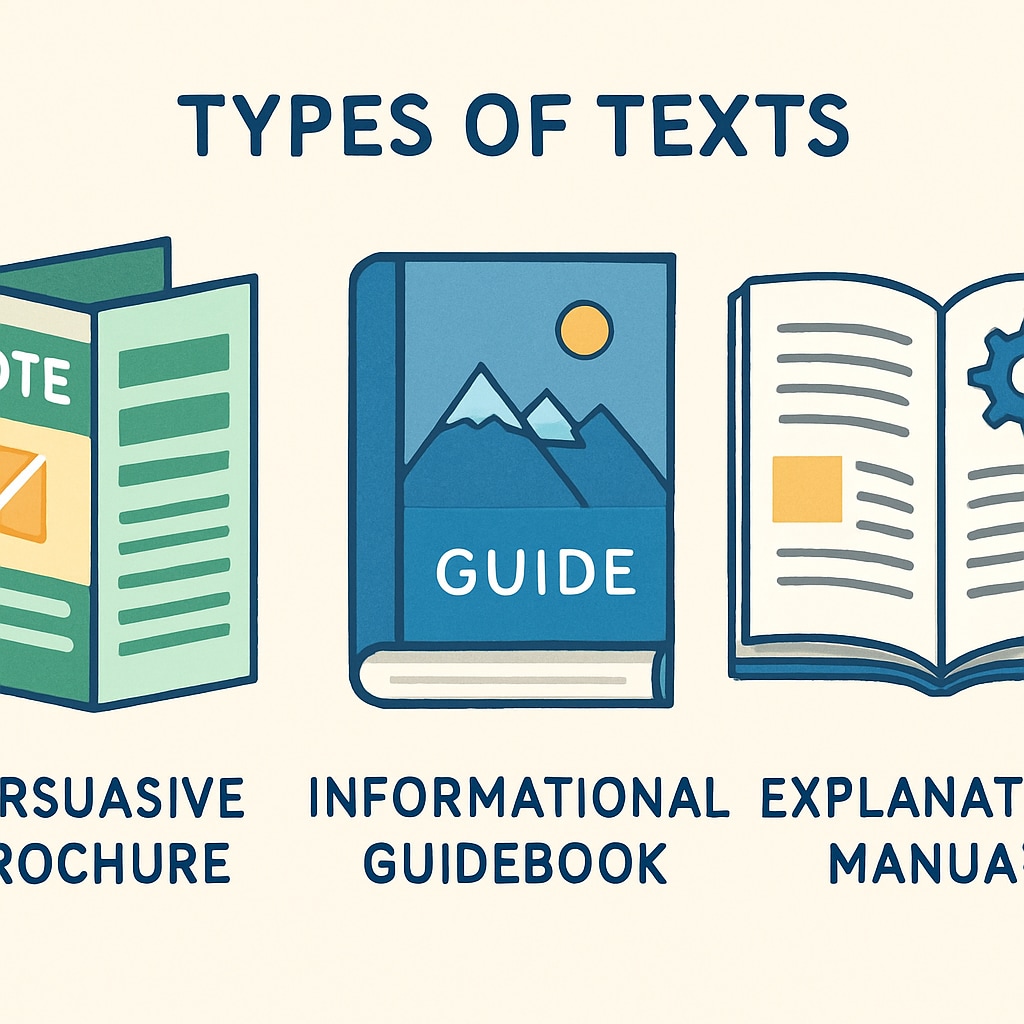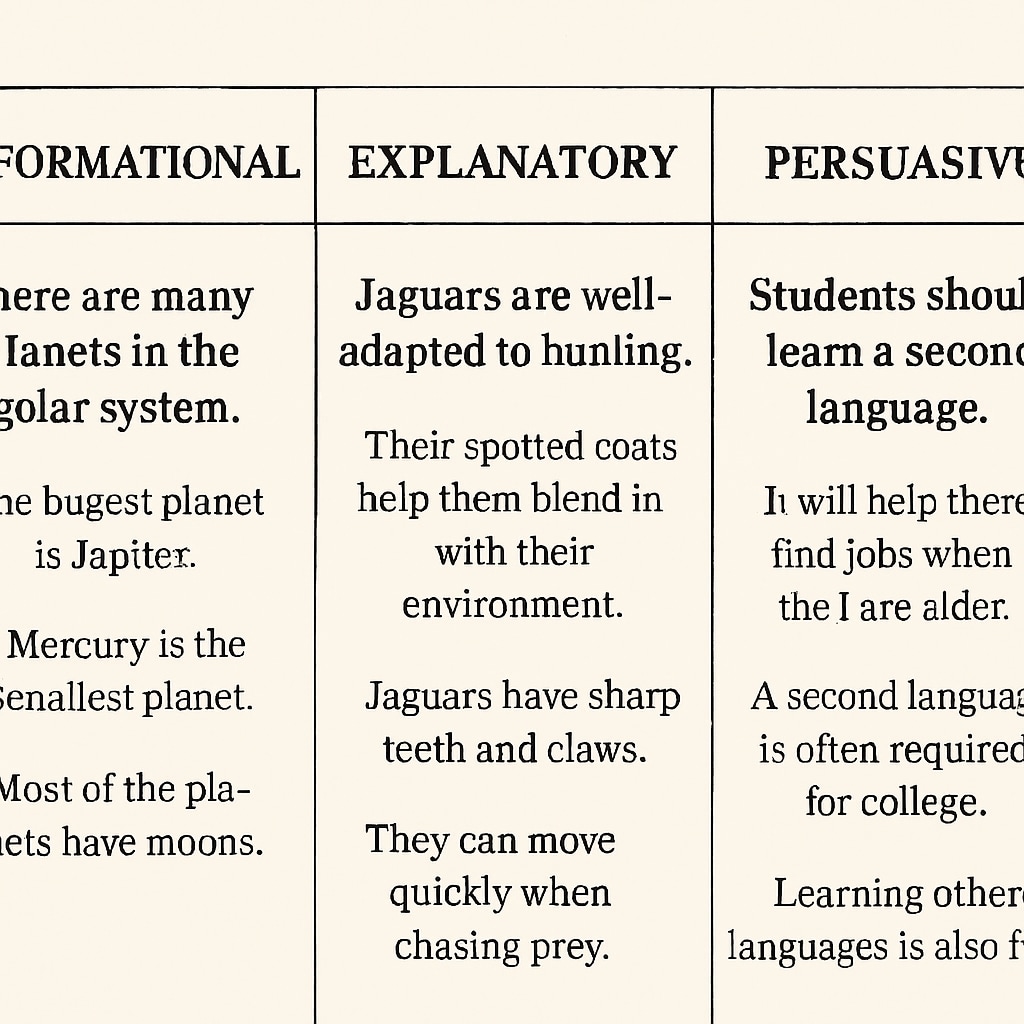Successfully identifying text purposes is a crucial skill for students preparing for Functional Skills English reading exams. Whether the text aims to inform, explain, or persuade, understanding its purpose is key to answering questions accurately and improving overall comprehension. This article provides practical strategies to decode these text types effectively, helping you master this essential exam skill.

Understanding Text Purposes in Functional Skills English
Texts in Functional Skills English exams are designed with specific objectives. Broadly, the purposes fall into three categories: informational, explanatory, and persuasive. Recognizing these is vital for interpreting the text correctly and answering related questions.
Here is a breakdown of the three primary text purposes:
- Informational texts: These aim to provide facts or data without expressing opinions. Examples include reports, news articles, and statistics.
- Explanatory texts: These focus on explaining processes or concepts, often with step-by-step instructions. Manuals and how-to guides are typical examples.
- Persuasive texts: These are written to convince the reader of a specific viewpoint or action. Advertisements and opinion pieces are common forms of persuasive writing.
Each type has unique characteristics, which can be identified through careful reading and analysis.
Key Features to Identify Text Types
To distinguish between text purposes, look for specific features that signal the writer’s intent. Below are the defining traits of each text type:
- Language and tone: Informational texts use neutral language, explanatory texts employ clear and instructional language, while persuasive texts rely on emotional appeals or strong opinions.
- Structure: Informational texts are often organized in a logical sequence, explanatory texts include numbered steps or diagrams, and persuasive texts may use rhetorical questions and direct calls to action.
- Visual clues: Charts, graphs, and bullet points are common in informational texts, while persuasive texts may feature bold headlines and images designed to evoke emotion.
For example, a manual explaining how to set up a device is clearly explanatory, whereas an advertisement urging you to buy the latest smartphone is persuasive.

Strategies for Accurate Text Purpose Identification
To succeed in Functional Skills English exams, it’s important to apply strategies that clarify the text’s purpose. Here are some practical tips:
- Read actively: Pay attention to keywords and phrases that indicate the writer’s intent. For instance, phrases like “step-by-step” signal explanatory texts, while “we recommend” can be found in persuasive ones.
- Analyze the format: Consider the layout, headings, and use of visuals. Informational texts often have tables or lists, while persuasive texts may use bold fonts and colorful designs.
- Evaluate the tone: Neutral or factual tones suggest informational texts, instructional tones are typical of explanatory writing, and passionate or emotional tones are common in persuasive texts.
Practice is essential. Reviewing past exam papers and categorizing texts by their purposes can significantly enhance your ability to identify them quickly and accurately.
Why Text Purpose Matters
Understanding text purposes is not just an exam skill; it’s a valuable ability in everyday life. Whether reading a product review, assembling furniture, or analyzing a political opinion piece, identifying the text’s purpose helps you interpret information effectively.
In exams, this skill ensures you answer questions correctly and demonstrate your comprehension abilities. As a result, mastering this skill can directly impact your success in Functional Skills English assessments and beyond.
By following the strategies outlined in this guide, you’ll be better equipped to tackle text identification questions and respond with confidence. Remember, regular practice and attention to detail are the keys to improvement.
Readability guidance: Use short paragraphs and bullet points to simplify complex concepts. Minimize passive voice and long sentences, and integrate transition words for better flow.


